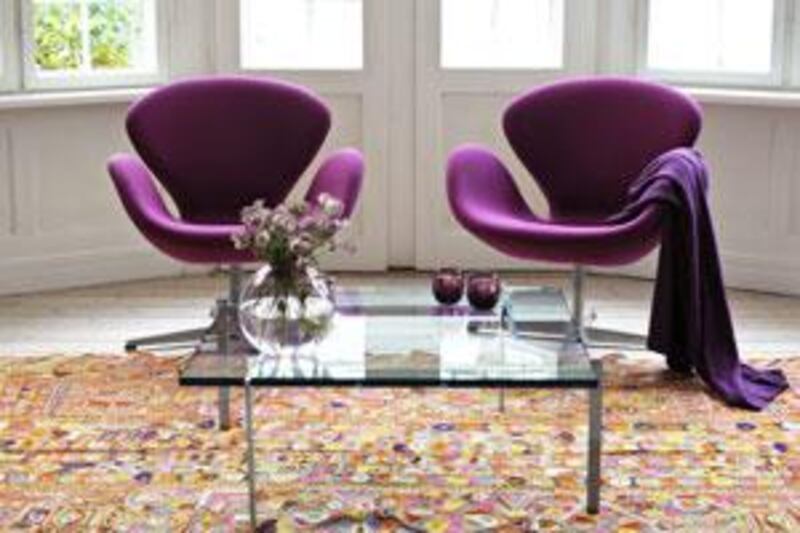I'm a great admirer of modern furniture by the great designers (all the way from Le Corbusier and Arne Jacobsen to Philippe Starck) and would like to start buying some pieces. What should be my main criteria? Should I buy as a collector, for their value, or - so to speak, as a decorator - for the way they look and how they will fit into my home? And, given that vintage originals can be rare, is it true that some copies - those made by licensed manufacturers as opposed to fakes - are OK?
Your criteria are a highly personal, subjective aspect of collecting, and is usually determined by the requirements or tastes of the collector, allied of course to the environment or circumstances within which the furnishings or articles are to be presented. One of the pleasures of being able to offer advice to those wishing to begin collecting 20th-century and modern design, is the breadth and diversity of creativity, medium and purpose represented by these works. The 20th century has proved to have been an especially intense period, across all nations, for the creation and manufacture of expressive furniture, lighting and interiors - and, as a result there is a broad field of possible interest for collectors.
Consequently, for example, you could become a collector who concentrates your interest by date (Art Deco, 1950s Modernism, contemporary design), or by materials (plastics, glass, silver), by object type (chairs, lights, vases), by nationality (French design, US design), or simply by designer (Arne Jacobsen, Jean Prouvé, Philippe Starck). 1. There are so many ways to start collecting that, when selecting a category, the main motivation should be that the chosen area offers pleasure to the collector. Appreciate the objects for their artistic, intellectual or historical merits. Remember, when these objects were created they were designed to provoke thought, as well as to perform a function - and thus always remember that good design will continue to be stimulating for decades after its manufacture.
2. Having identified a category that is appealing, it's extremely advisable to study the subject, to visit museums and exhibitions as much as possible - and to examine examples first-hand. Over the last 10 years a wealth of very useful books has been written on all aspects of design. A good library is always at the heart of a collection, and one can never read enough. As well as books, explore professional articles, journals and online resources from within the antiques industry.
3. The technique and style of collecting should not be predefined. It should be determined entirely by your own preference, and what you feel suits your lifestyle, home and present circumstances - with an eye on your likely lifestyle, home and circumstances of the future, especially when collecting larger pieces. Some collectors prefer to take a very curatorial, academic attitude towards their chosen subject - which, in some cases, has led to private museums being established. In contrast, other collectors acquire objects simply because they enjoy living with, or using those objects on a daily basis. Therefore, while the technique or style of collecting can vary according to the individual, all collectors are united in the sense that they derive stimulation and pleasure from their chosen speciality. Think carefully about how you will display your pieces and what precisely you will - or won't use them for.
4. Vintage originals of some of the scarcer designs can be rare; however, there do remain, for the time being, sufficient quantities of original vintage design in circulation for there still to be good opportunities for collectors. Often what motivates collectors will be the sense of historical presence that a genuine example can offer, and so in this sense these lamps, chairs, carpets or vases should be regarded as antiques - as useable artefacts that represent the attitudes, technologies and materials of the recent past. While modern re-editions of historical designs can offer practicality and affordability, they can never replicate the true historical presence that an original artefact would possess. Consequently, re-editions are not normally found in collections of 20th-century design, although many people find value in their aesthetic and are happy to enjoy them for what they are.
Emily Davies was talking to Simon Andrews, an international specialist in 20th-century decorative art and design at Christie's. www.christies.com





